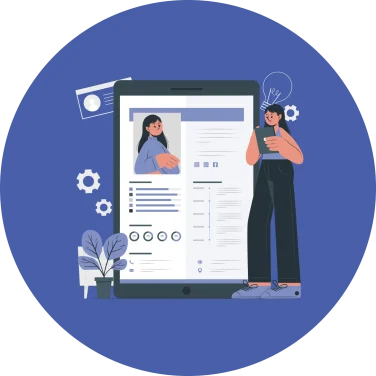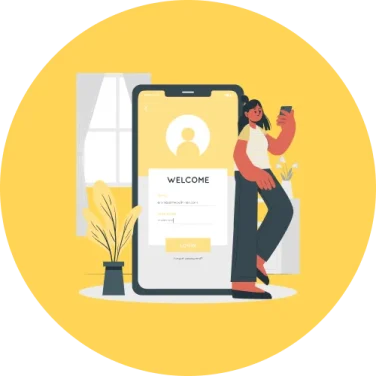The global workforce is getting transformed with more millennials joining the workforce. What we hear is that this generation requires a different workplace experience with constant feedback, instant recognition. Feedback and recognition are only 2 elements of Millennials’ workplace expectations. This generation needs to be continuously engaged and involved with the organisation.
Today, organisations do not narrowly focus on building an engagement-driven culture. Instead, many leading organisations aim to improve the workplace experience they offer to the employees. This purpose is achieved through establishing pulse surveys, and new employee self-service technologies.
Organisations are considering ways to reinvent the people management practices to foster employee engagement. This initiative is supported by a leadership that believes the importance of engaging and retaining the best employees. We see a breed of new HR solutions getting emerged globally. These solutions are powered by digital, mobile, cloud and social technologies. The new digitally enabled HR software platforms are made to rewrite the rules of traditional people management. The new digital HR age demands organisations to drive employee engagement via each element of HR.
For an example employees should be able to share a new suggestion, idea/ thought with the peers and colleagues. Creating a stage for employees to voice their thoughts and share it with the organisation makes employees realize their engagement with the organisation. Pulse surveys are becoming more popular among the new generation of employees as well as among business leaders. organisations can capture employees’ feedback on company practices and events through pulse surveys, analyses the findings and make decisions to better the future initiatives. Not only these tools ascertain employee engagement, but these certainly assist organisations to alter company practices towards a better direction.
Although the employee engagement brings a range of values and benefits, there are several factors that make the employee engagement a challenging goal to achieve.
- Many organisations have not yet made employee engagement a priority
- Most organisations have not given the responsibility to specific individual or team to outline and convey the employee engagement.
- Siloed HR divisions frequently think that it’s hard to use/apply engagement tools to achieve this purpose
- Many organisations stay focused creating an engaging experience only at a specific event. This indicates that companies have not thought how to incorporate employee engagement into talent management disciplines such as performance management and learning management. organisations should rethink their performance and training practices to engage employees better with those practices. Adding social features to performance practices will help employees to appreciate the achievements of their peers. This encourages employees to achieve better results while strengthening the engagement between employees. organisations need a fresh approach to face these challenges head-on. This approach contains 3 steps.



